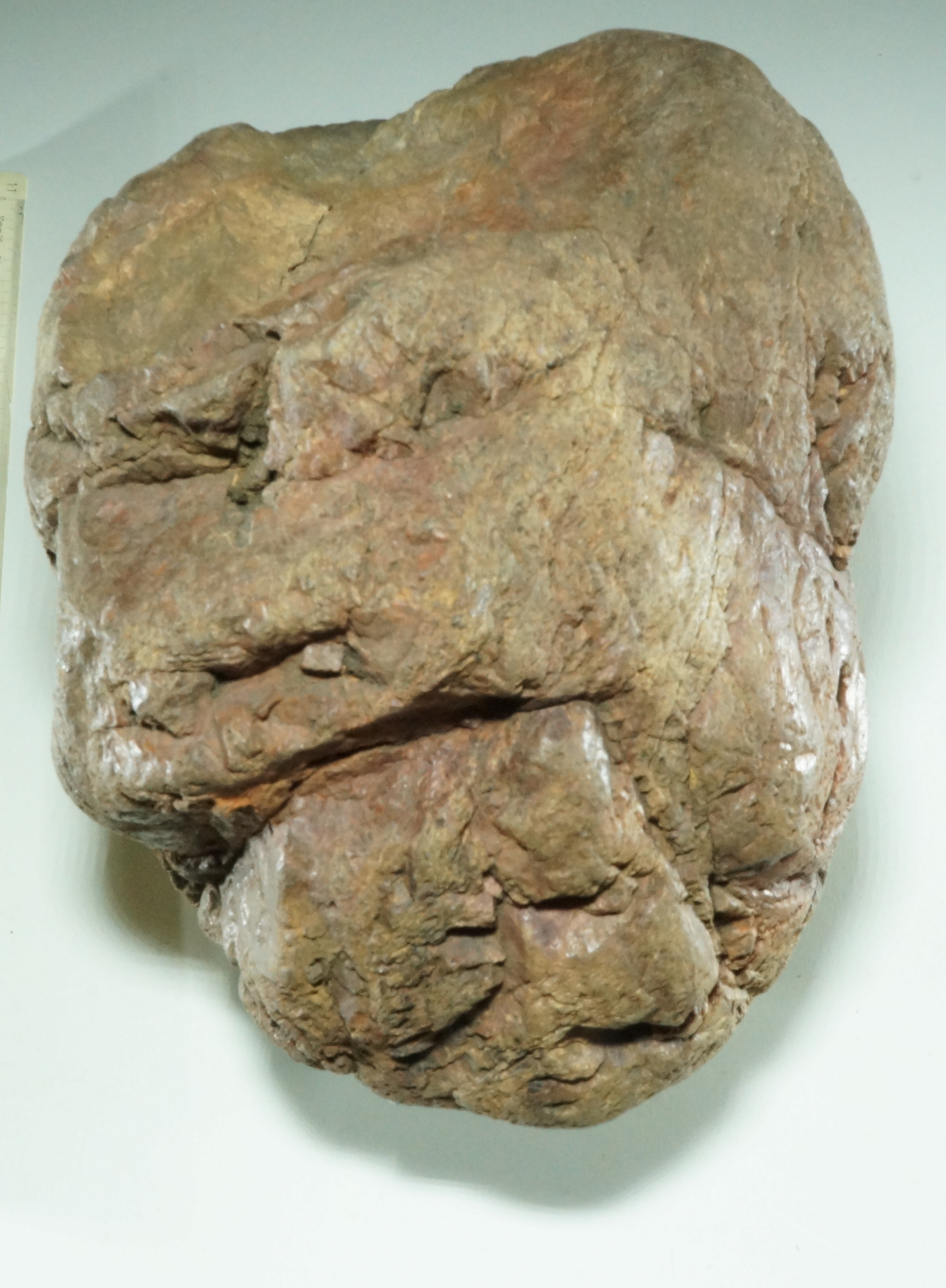-
Ernst Ludwig Kirchner (1880-1938), Zirkusreiterin (1913)
Up in the Gallery: Introduction

Up in the Gallery (1916/7) is one of Kafka's best-known and most-interpreted texts. It consists of only two paragraphs, each of which is a single long sentence. The same event in a circus ring is described twice from the perspective of a visitor to the gallery. Because of the clear form and the clearly recognisable contrast between the two paragraphs, the meaning of the text seems easier to understand than is usually the case with Kafka. A long-established interpretation sees in the first paragraph the description of a critical consciousness, a young man who uncovers an intolerable social evil and intervenes to prevent it. The second paragraph, on the other hand, is a description of the beautiful appearance that conceals the cruel reality behind it. The visitor to the gallery suspects this at the end, but sinking into weeping remains unable to act. This is a pedagogically very effective interpretation, long popular with teachers, but unfortunately Kafka's text says almost the exact opposite. While the rational consciousness ends in irrationality and hopelessness, the visitor in the second part at least comes closer to reality emotionally. The complexity and ingenuity of this short text only becomes apparent on very close examination (which is always advisable with Kafka), but then one is rewarded with insights into human nature that are fundamental for shaping one's own life and even for understanding other cultures.
In Reading Kafka: Up in the Gallery, I try, as close as possible to the text, to interpret it on the basis of research I have presented elsewhere. (The individual discussions and all the evidence can be found in my article on the Gallery [German with English translation] and - from a partly different perspective - in another English article). According to this, Up in the Gallery is about two basic attitudes that are often perceived as contradictory, two different ways of relating to reality, two different perspectives and their consequences. Here we can recall the difference between Kafka's "world in his head" and his "dreamlike inner life".
The attitude in the first paragraph is characterised by a critical-rational distance from reality, by dissecting analysis and logical connections as a basis for rational-responsible action and by active engagement, but also by black-and-white painting and ideological distortion of reality, and ultimately by failure in the face of reality. The attitude in the second paragraph is characterised by accepting reality as it is and passively taking in the images, which are juxtaposed impressionistically, without logical connection. Possible contradictions to the beautiful appearance of the circus are certainly suspected and felt, but they remain in a state of suspension. Even the weeping at the end remains undetermined in its negative or positive implications; it shows a deep, emotionally conditioned relationship to reality, which, however, in its indeterminacy cannot form the basis for responsible action.
The contrast shown here finds its counterpart in the pairs of opposites of male-female, active-passive, rational-emotional, critical distance and empathy, to name but a few, which were and still are popular then and now. Especially since the era of exoticism, this scheme has also been used to describe real or imagined contrasts between West and East, or between the West and Japan.
There is some justification for such ideas. What Kafka describes in the second paragraph does indeed show a certain proximity to forms of language and behaviour in Japan that are not so prominent, at least in the mainstream of European culture. While the first paragraph is clearly structured in grammatical and logical terms, the structure of the second paragraph quickly dissolves, or at least remains in a state of limbo, as the indefinite "because this is so" shows.
The short text Der Kreisel also belongs to the context of Up in the Gallery, in which a philosopher fails in his attempt to grasp the nature of the spinning top in a reflected and detached way, while the children enjoy playing with the spinning top in a state of fascination, becoming completely one with their object.

